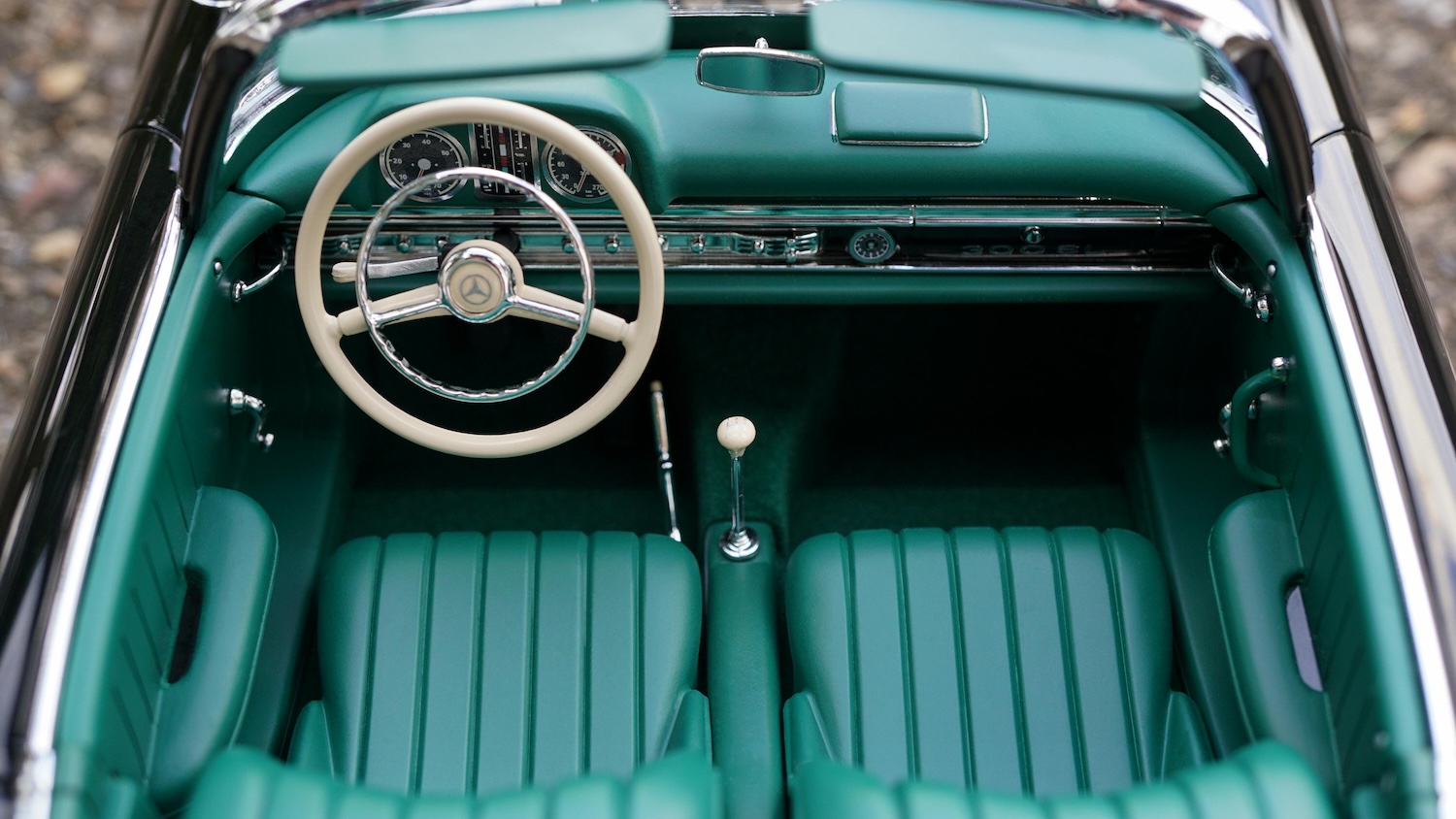
Level up your resale shop’s product photography using natural light
Polish up your resale shop’s online presence by taking consistent product photos. Photography expert Reem the Visual Artist shared how in a Mar. 31 webinar
Are you a vintage seller looking to level up your photography skills? Have you ever searched online, for “How to take better product photos?”
If so, you likely know that “use a better camera” is often an easy solution. But what happens when upgrading your equipment isn’t within your means? Can you actually take good, maybe even great, product photos using what you already have?
Yes!
Your phone camera, some natural light, and some patience can enable you to elevate your photos and finally take product photos that you’re proud of.
Reem the Visual Artist is an award-winning photographer and director of the Canadian Photography Learning Centre (CPLC), based in Edmonton and Calgary.
In a Mar. 31 webinar for the Vintage Sellers Community, Reem shared how to use natural lighting to level up your product photography for social media, your e-marketplaces, and your website.
Here, we’re sharing a few of Reem’s tips:
How to use natural light for your product photography
It may sound obvious, but start with the simple things: Clean the front and back camera lenses on your by wiping with a soft cloth, and practice using your camera app. Take some time to explore the features — you might be surprised at what you can do with just your in-app controls.
In her presentation, Reem covered depth of field, how to focus your camera, when to use flash and how to edit your exposure to show Vintage Sellers Community members how to take beautiful photos that showcase their vintage pieces in an authentic and professional way.
But your best tool is something that's readily available to you and costs nothing: natural light.
“Natural light is incredible, and I highly recommend you use the source that is most available to you,” Reem advised. She explained that natural light doesn't only mean the sun, but a “continuous light source.”
That means it also could be a lamp or light — as long as it's not a light that strobes or changes. So if you're living in a basement apartment with a small window and don't think you have access to natural light, you can use the glow of a lamp.
“Photography is drawing with light,” Reem said. “Your exposures are everything.”
If you plan to use the sun as your light source, take your photos at the brightest time, between late morning and early afternoon, she said.
Reem recommends finding a north-facing window because it has the most flattering and consistent indoor light — you’ll never get direct sunlight, and instead you’ll be greeted with soft light and soft shadows.
If you don’t have a north-facing window but have a west- or south-facing one, you may find it helpful to use a white curtain or white bedsheet in front of your window to help soften and spread the light. Diffused light or non-direct light creates a softer transition from highlight to shadow.
Continued below
Watch this replay
Become a Champion member
Continued from above
Stay composed
Once you’ve determined the best place in your space to take your photos, Reem recommends using a tripod to keep your camera still, and to slow down and think about your composition.
Photos are just one thing on a long list of to-dos for a reseller when it comes to getting a product up for sale, but stopping to evaluate your surroundings and where the light is coming from can make the difference between a passable photo and a good one.

Use a bounce card fill in the shadows and create more of a balance in your image. A bounce card could be a white foam board, white bristol board or white piece of paper, and you can hold it or prop it up directly opposite your light source, on the other side of your product. This helps to bounce the light back onto the shadowed-side of your product.
“Your intention with your photographs is not to remove highlights and shadows,” Reem said. “Your intention is not to have a flat image when it comes to lighting. You still want to keep highlights and shadows because that showcases dimension.”
It’s also helpful to consider what's in the background of your photos — for product photography, the plainer the better — how to use the rule of thirds, the difference between people and lifestyle product photography, and how to incorporate texture.
Try taking photos of your vintage pieces in natural light, and play around with light diffusion and a bounce card to see the difference. Have fun with it!
Product photography using natural light: Event Replay
The recording of Reem’s hour-long workshop is available to Champion members of The Vintage Seeker.
Join as a Champion member to access to all of our events and webinars (and replays!), our exclusive content to help you run and grow your vintage shop and improve your skills, our private discussion group and more.
Thank you for valuing our work!
Support our work to see this page.
You’ve got a good eye, but this gem is only available for members. Register for a plan or upgrade your current one to peek behind this vintage curtain, or log in below.















